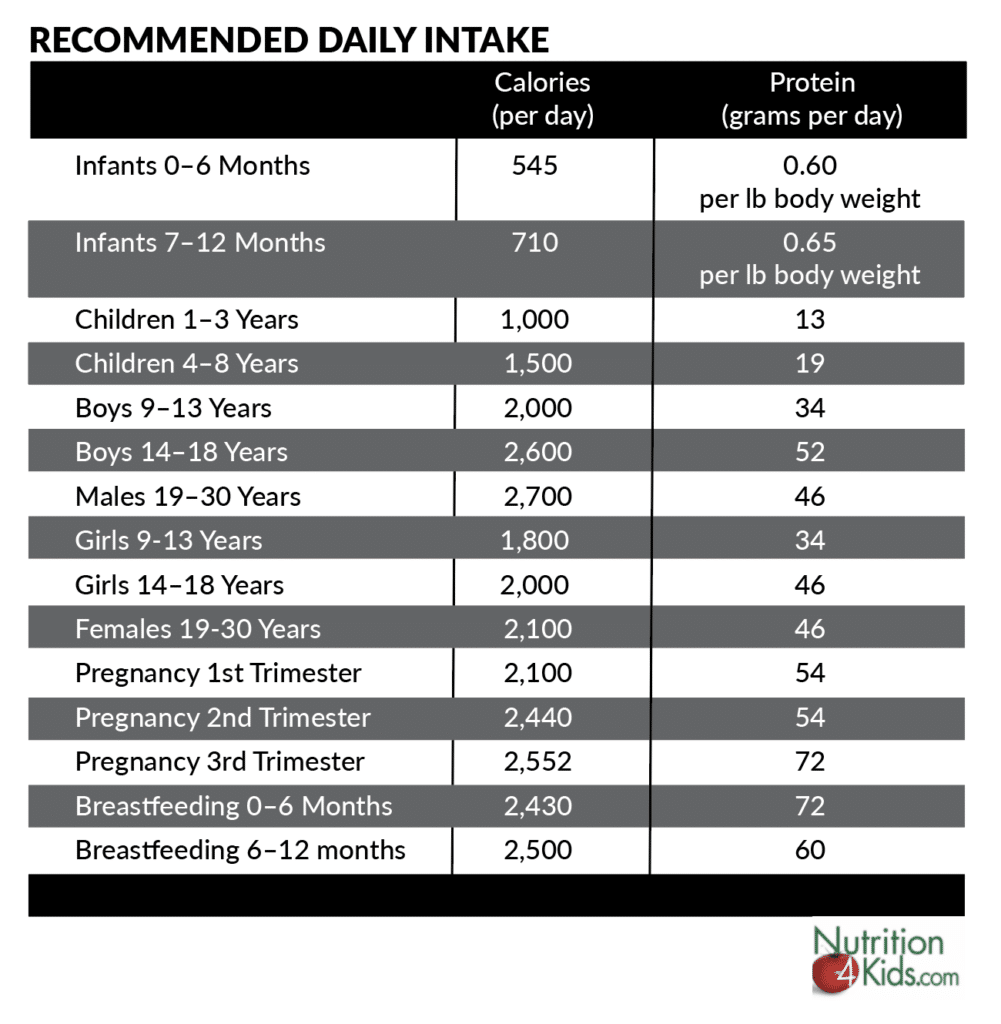
5 Protein Secrets Every Parent Needs to Know
Eating too much or too little of this macronutrient can have serious health consequences, particularly among children.
-Quick quiz: What do carbs, protein, and fat have in common?
If you said they're all cornerstones of a healthy diet, great. That's true. They're all known as macronutrients, after all.
But here's something else they share, and it'll likely surprise you: Eating too much of any of them can have serious health consequences, particularly among children.
That's right: When it comes to protein, more is not better.

Protein is found in a variety of animal and plant foods. Its primary mission: Provide energy to support the growth, development, maintenance, and repair of muscles, organs, tissue, and cells, says Bailey Koch, RD, board-certified pediatric nutritionist and owner of Atlanta Pediatric Nutrition.
For children in particular, protein works to support the rapid growth and development periods experienced throughout childhood, adolescence, and puberty.
TOOL: What's in your kids' food and how much do they need?
Problem is, many parents tend to overdo it when prepping their kid's plates. "Protein is one of those things parents are most concerned about, so they tend to load up," explains Koch.
Overconsumption can lead to issues like weight gain (excessive protein gets stored as fat), dehydration, or even organ damage.
So before you put together your child's next meal, here are five secrets every parent needs to know about protein.
Secret #1: Every Child Needs a Different Amount
The amount of protein your neighbor's kid needs—or even one sibling versus another—is going to be different, as daily recommendations are based on age, gender, and weight, Koch says.
That's why, instead of following generic guidelines, she recommends working with your pediatrician, who will be able to calculate a precise range (and provide healthy food options) to best fulfill your child's individual daily needs.
From there, you can use visuals as a helpful frame of reference while planning your kid's meals. A palm-sized (3-ounce) portion of meat or fish is about 20 grams of protein, for example. An 8-ounce glass of milk clocks about 8 grams, and a tablespoon of peanut butter is around 4 grams.
Secret #2: Underconsumption Isn't Really a Problem
Thankfully, there's an abundance of protein-rich foods in the United States, including thousands of plant-based options. For that reason, it's very rare for an American child not to be eating enough protein, says Koch.
The exceptions: "Children with multiple food allergies, or those who are extremely picky eaters and don't have many protein sources in their diets," Koch says. (Here are 6 things every parent should know about food allergies.)
This can lead to weight loss, muscle wasting, inadequate growth, and an increased risk of infections. In severe cases, malnutrition is a possibility.
If you're concerned about your child's protein intake, talk to your pediatrician.
Secret #3: Animal Proteins Are Good
Chicken, turkey, beef, dairy, eggs, seafood … there are endless varieties of animal protein. Choose lean varieties, suggests Koch: Chicken breast instead of a thigh, for example, or ground beef that's 92% lean versus the 80/20 ratio you commonly see at supermarkets.
Avoid processed and fat-loaded options like bacon, hot dogs, or fried chicken and fish, which are less healthy, Koch says. Don't stress over organic versus conventional, though.
"If a family's reasons for wanting to stick with organic protein sources are for environmental sustainability or animal welfare, then hands-down organic, free-range, or grass-fed is the way to go," says Koch. "For families that may not have the budget for the organic price tag, then conventional sources are fine."
Secret #4: Plant Proteins Are Better
From nuts, seeds, and beans to whole grains like quinoa and oatmeal, there are a wide variety of plant-based protein options that can meet your child's nutritional needs just as well as animal-based sources—and they often contain fiber, antioxidants, and important vitamins and minerals, Koch says.
Plus, eating a quality plant-based diet has been linked with lower rates of obesity, high blood pressure, and diabetes.
Plant proteins don't contain saturated fat, either—it's typically found in animal products, and eating high amounts (more than 6 percent of your total daily calories, according to the American Heart Association) can lead to high cholesterol, Koch adds.
That said, "due to lower digestibility, protein needs of vegans and vegetarians may be up to 10 to 15 percent higher than omnivores [those who eat all food sources]," Koch says.
Many plant-based proteins also lack one amino acid or more, which are the building blocks of protein. You want to make sure your child gets all the vitamins, minerals, and phytonutrients (here's why they're key to good health) they need to foster strong growth and development.
So if your kiddo is eating mostly plant-based, it's important they eat from a variety of sources throughout the day (nor is it bad to consider a multivitamin) to ensure they're hitting those benchmarks, Koch says.
Secret #5: Protein Supplements Are a Waste
Scan the grocery store shelf and you'll find an abundance of protein-fortified products: ice cream, smoothies, even water. It's enough to make you worry your kids aren't getting enough.
But again, your child is likely getting plenty. Yes, they need more protein the more they weigh, but because kids weigh less in general, their needs aren't as high as most parents think, Koch says. Here's a look.

"Protein powder is completely unnecessary in most cases," she explains. "A single shake can have 30 grams, and that can be more than some kids need in an entire day."
Plus, mixing in those powders could be more harmful than helpful. "If you're adding protein powders, that's when your child's consumption can get really high, and that's when the ill effects can come into effect," Koch says.
In most cases, Koch says dairy alone serves as a healthy protein source, unless your child can't drink milk because of an allergy or intolerance. In that case, talk to your pediatrician about other sources of protein, as most dairy have very little protein. Almond milk, for example, has only 1 gram per serving.
If your child drinks milk regularly, and you pair it with another high-protein product (like, say, cheese with turkey), you're likely already meeting your child's daily needs.
This story has been medically reviewed by Stan Cohen, M.D., a pediatric gastroenterologist at the Children's Center for Digestive Health Care in Atlanta and the director of Nutrtion4Kids Medical Advisory Board.




